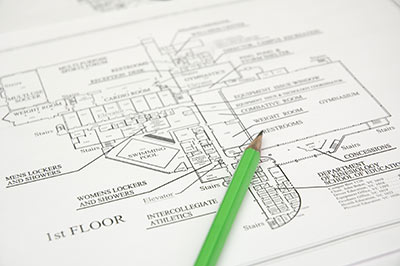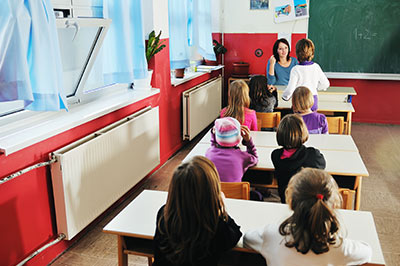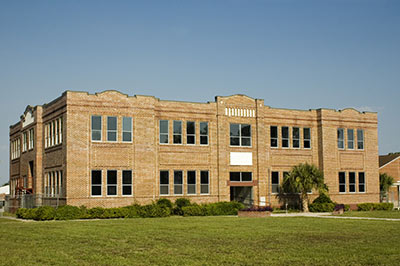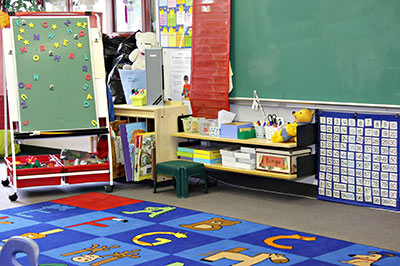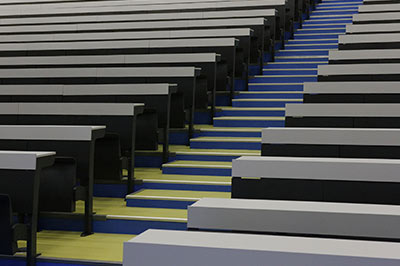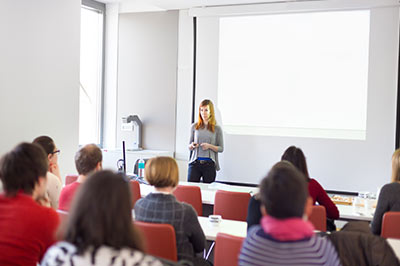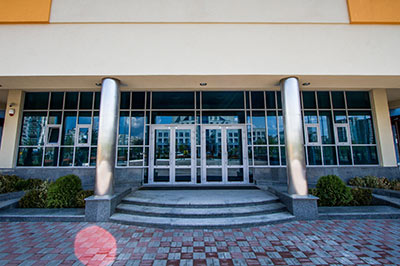Knapp, Noschis, and Pasalar, 2007
The XII Architecture & Behaviour Colloquium took place in Monte Verita (Ascona, Switzerland) from March 29 to April 1, 2006 and was a very productive meeting. Its theme was Architectural Quality in School Buildings: School Building Design and its Relevance to Students’ Learning Performance – With a Specific Focus on the Planning and Design of Schools in Developing Countries.
The Colloquium was the twelfth in a series of meetings of which several have been devoted to architectural issues related to cultural contexts outside Europe. This Colloquium brought together academic researchers and architects from Europe and America, furthermore representatives from the Ministries of Education and School construction from Middle East countries (in this case Yemen, Jordan, Egypt and the Palestine territories) as well as experts from organisations subsidising the construction of schools in developing countries (World Bank, Kreditanstalt für Wiederaufbau (KfW), European Investment Bank, Swiss Development and Cooperation). The group of about 30 persons discussed intensively and passionately during three days in the magnificent surroundings of the Ticino Canton overlooking Lake Maggiore.

